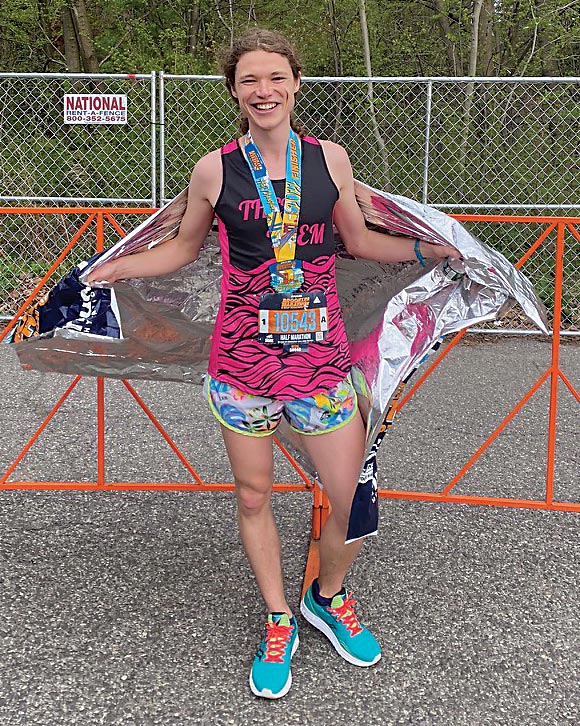Running for the Future
My experience was kind of the opposite.
I had no idea that I might be something other than cisgender until my junior year at Swarthmore. Even then, when I found out that I enjoyed painting my nails and wearing feminine clothing, I was still convinced for a while that I was a man. But by the spring of that year, I realized that these things, rather than just being fun, artistic activities, were outlets for expressing who I truly was.

Because of that difficulty, I have lately been putting a lot of effort into pushing for better inclusion of nonbinary runners in racing. This past winter, I resolved that any time I enter a race that only has binary gender options, I will contact the race director and ask them to consider expanding their gender categories to allow people to register as nonbinary, or without selecting a gender at all. I have also been excited to get in touch with some race directors and the queer running organization Front Runners, who are helping to push for better nonbinary inclusion in races across the country. It is thrilling to see the progress that is happening, with many major races starting to include nonbinary options, and I am eager to use this momentum to additionally push for better recognition of intersex runners, who are often overlooked in these discussions.